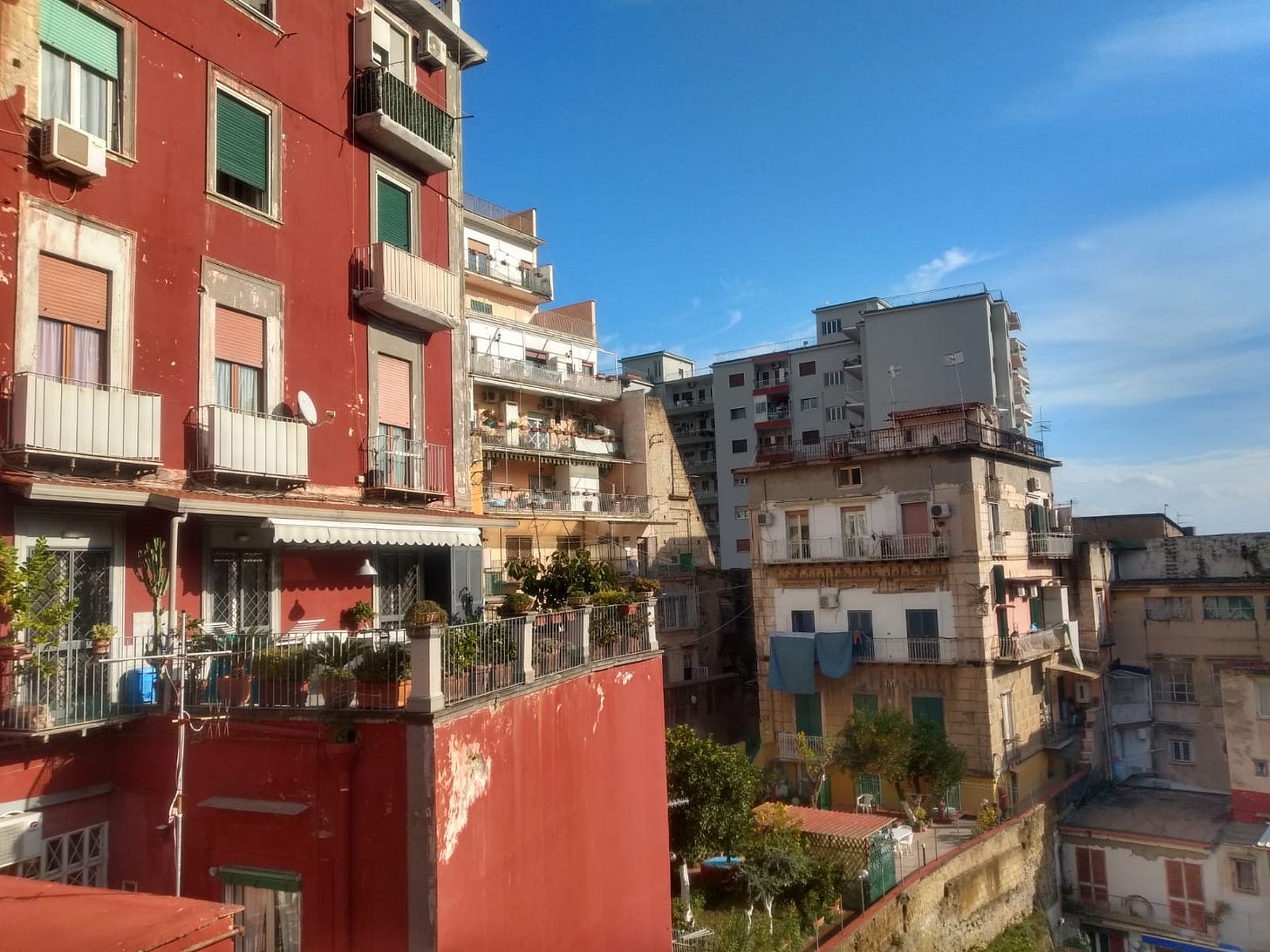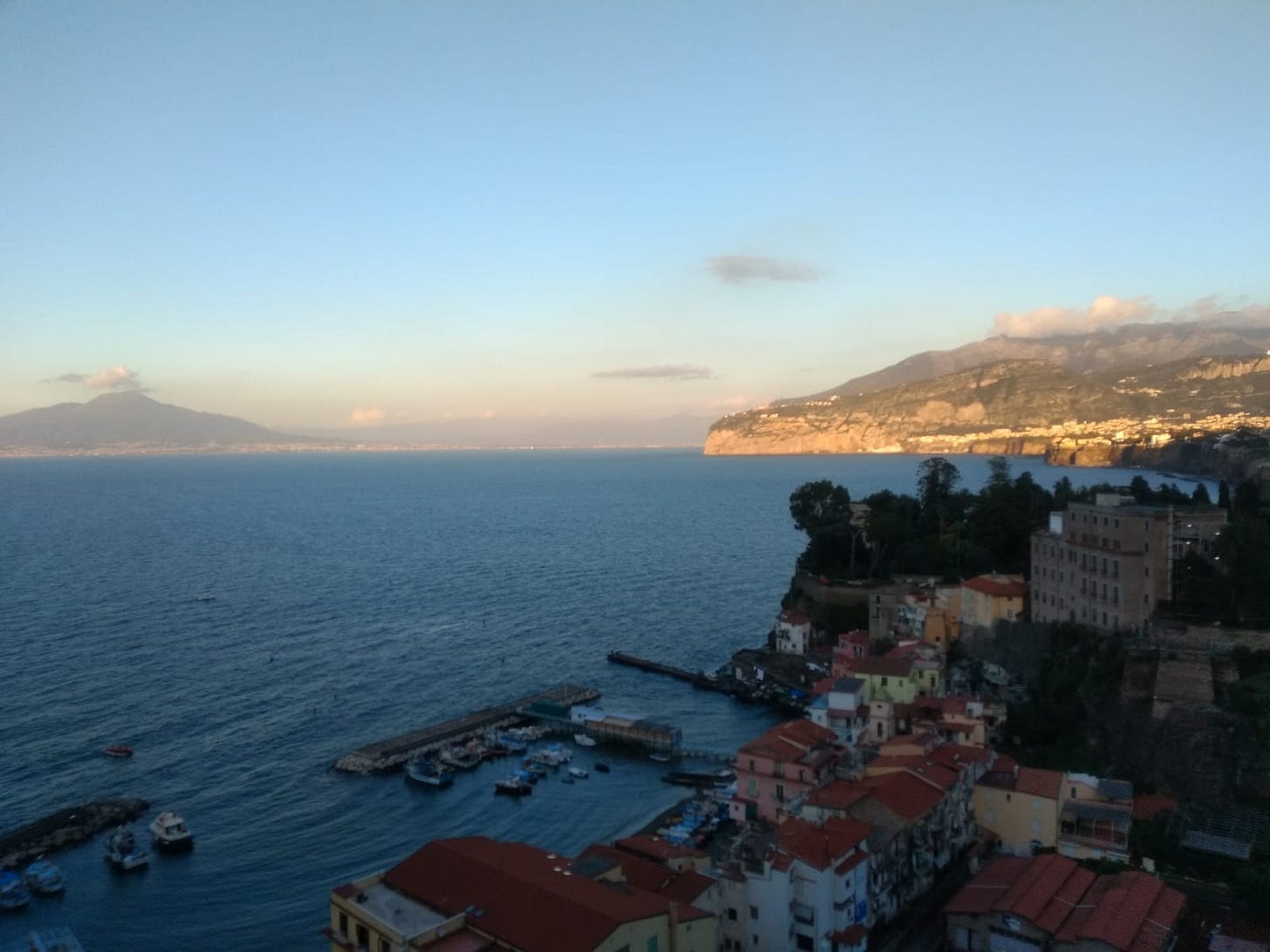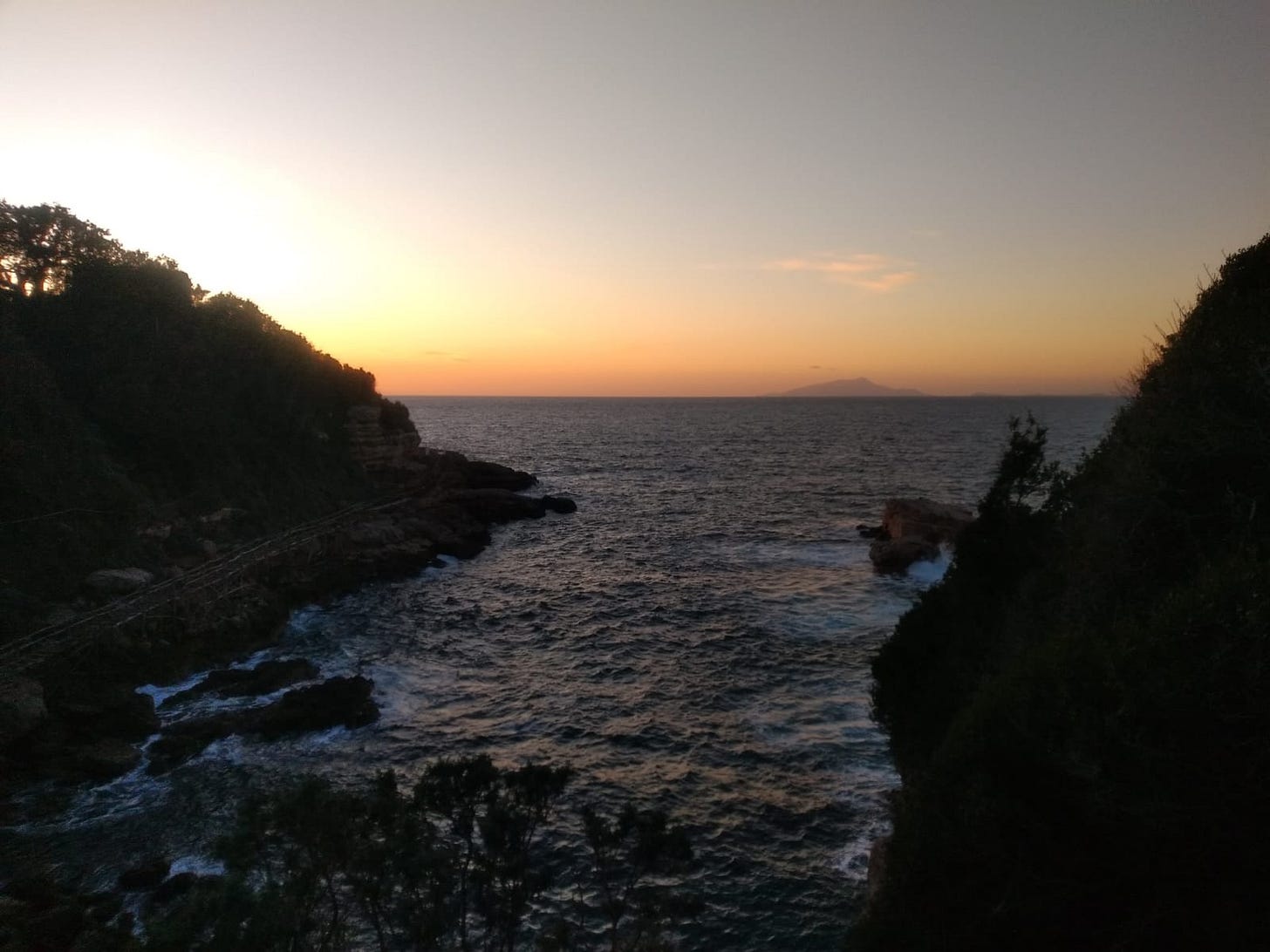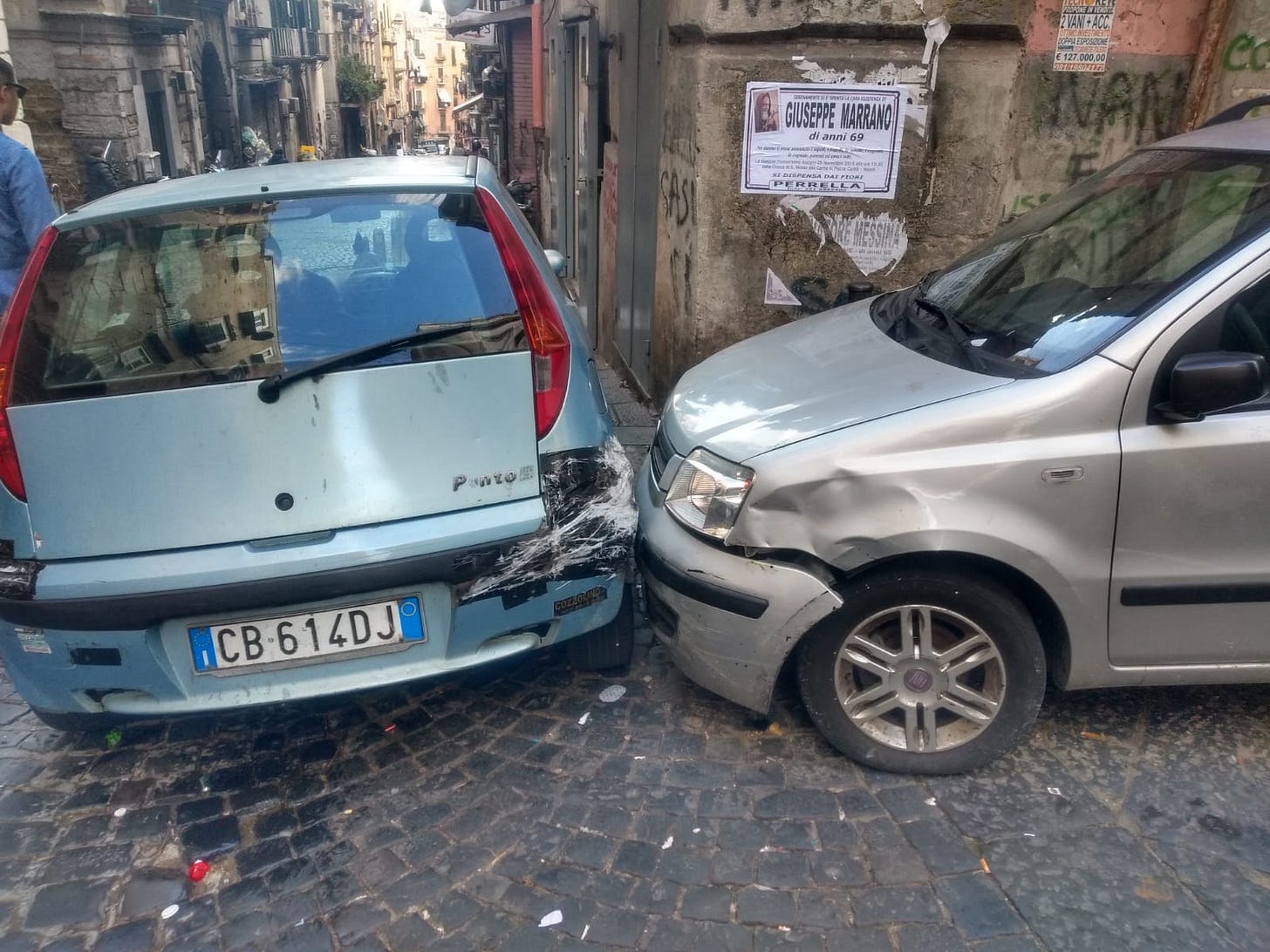🇮🇹 Travel Special: Italy

Hello! And welcome to another travel special edition of Inside The Newsroom! This past week I was in Italy, splitting time between Naples and Como, so I hope you’re ready for a coffee-fueled newsletter. I’ll be completely honest in that I decided to go to Naples because I needed some sun in December and the flights were a disgustingly low $50. Yes, you can make a two-hour flight without the likes of Delta haemorrhaging your bank account. Naples turned out to be a gem. Having been warned by everyone, including my overprotective parents, of the dangers of the “Mafia-run” city, I wandered down the narrow backstreets completely unthreatened, and soaked in the ancient, yet neglected, architecture that appears to have been untouched since the end of World War Two. That might have something to do with the fact that Naples was the most bombed Italian city in World War Two, which subsequently led to the ‘Four days of Naples’, which subsequently led to the city being the first in Italy to free itself from the Nazis.


Before we get into the serious stuff, a selection of fun moments captured by my friend Josh and I.


Organized Chaos
The first thing noticeable after stepping outside of Garibaldi Station in Naples was the insanely busy streets, and how mopeds almost outnumber cars. Little did I know that I was about to be surrounded by one of Italy’s most famous exports: the Vespa Moped. Made famous by a series of Hollywood films — Roman Holiday, Jessica, The Talented Mr Ripley — the Vespa was originally launched in 1946 as a way to travel around bombed-out Rome after WW2. Over the years, fuel prices have soared, parking spaces have become more sparse and roads have become overcrowded, making mopeds part of life in Italy.
The mopeds were in full force in Naples. In fact, it’s fair to say that mopeds run the town. No matter how quiet a backstreet we walked down, we couldn’t get away from the annoying wasp sound of a moped whizzing past. I promise to you that I’m not exaggerating when I say that we failed to count more than ten cars that weren’t battered and bruised with divots, missing paintwork or entire sheets of the metal being kept on with industrial tape. Mopeds run Naples.

Like with anything, though, all good things come to an end eventually, and the decline of the Vespa has already begun. According to ANCMA, moped sales in Italy have decreased by 97 percent from a peak of 600,000 in 1980 to 26,727 in 2014.
North South Divide
My friends and family all warned me that I might not want to return to London after I’d seen the Almafi Coast for myself. What they failed to tell me, however, was about the vast number of dilapidated buildings that filled the Naples skyline and copious amounts of trash left on the streets. Sue me, but I might go as far as saying the trash was worse than in Manhattan.
And it’s not just my imagination. Like many countries, Italy has fallen victim of an enormous north-south divide, with the underdeveloped south playing second fiddle to the wealthier north. According Lucio Caracciolo, co-founder of the MacroGeo think-tank and a member of the Italian Foreign Ministry’s Strategic Committee, the damage has already been done…
“The south is moving beyond the point of governance,” he told Reuters last year. “The disparity between the north and the south is so great that I think it will eventually provoke some sort of geopolitical crisis in Italy.”
The Mezzogiorno, as southern Italy is often referred to, has lagged behind for decades. Between 2001 and 2016, its economy shrank 7.2 percent, while Italy’s overall output grew by about 1 percent. The European Union as a whole grew by more than 23 percent. With almost five million Italians living in absolute poverty, an Italian political crisis is in full flow.
Italy’s Ever-Changing Political Landscape
When I sat down to try to explain Italy’s political situation, I restarted three times before I could even complete a single paragraph. Perhaps more than any country, Italy’s ruling governments and political leaders have changed at such a ferocious pace. In the past 20 months alone, Italians have gone to the polls and elected a hung parliament, seen a coalition form between the right-wing Lega Nord and the anti-establishment Five Star Movement, seen a new coalition form between Five Star and the left-wing Democratic Party, and most recently the leader of the Democratic Party, Matteo Renzi, resign to form a new centrist party. Out of breath? I am.
Italy has been mired by political crisis for multiple decades now, and has become the beacon for populism in Europe. Populism rises when people’s living conditions decline so much that they search for anyone that promises to take on the establishment and put things right. We can argue for days over good and bad populists, but in the meantime, Italians are suffering. Especially in the south, a lack of investment in infrastructure has led to mass levels of poverty and crime.
🇮🇸Travel Special: Iceland
🇮🇱Travel Special: Israel



